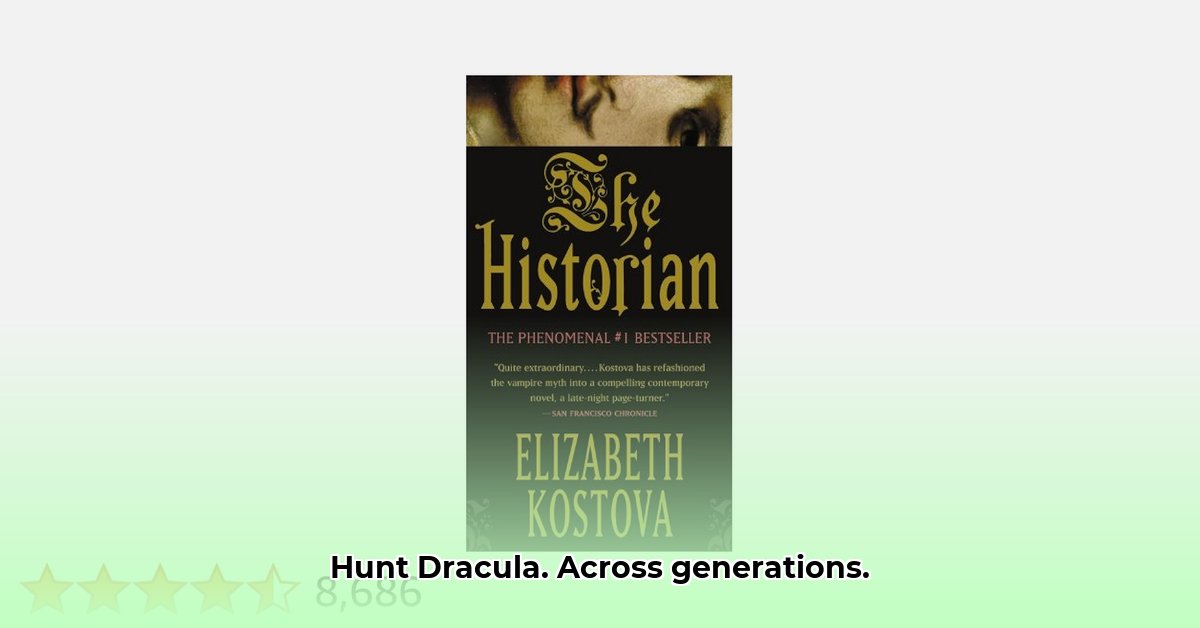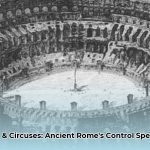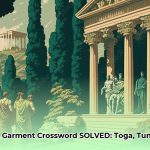Elizabeth Kostova’s The Historian isn’t just another vampire story; it’s a meticulously crafted tapestry weaving together historical intrigue, suspense, and a multi-generational quest for truth. This exploration delves beyond the surface, examining the novel’s intricate narrative structure, richly drawn settings, and thought-provoking themes to understand its lasting impact on the literary landscape. Prepare to uncover the layers of meaning hidden within this captivating tale. For more on historical fiction, check out this other captivating read.
More Than a Monster Hunt: Legacy and Obsession
The Historian centers on a family’s consuming pursuit of Dracula across centuries, transcending the typical vampire hunt. The novel becomes a profound exploration of inherited obsession, the weight of legacy, and the enduring allure of myth. Through alternating perspectives spanning generations, the narrative reveals how this quest shapes individual lives and destinies, demonstrating the far-reaching consequences of choices made long ago. This pursuit mirrors humanity’s relentless desire for knowledge, even at great personal cost, raising the question: how far are we willing to go to uncover the secrets of the past?
A Labyrinth of Voices: The Epistolary Approach
Kostova masterfully employs an epistolary structure, interweaving letters, journal entries, and first-person narratives. This technique immerses the reader in the unfolding investigation, creating a sense of immediacy and intimacy with the characters’ experiences. While the fragmented narrative enhances suspense and mirrors the fragmented nature of historical discovery, it also presents a challenge. The shifting timelines and perspectives, while reflecting the chaotic nature of the hunt, occasionally disrupt the narrative flow. However, this fragmentation cleverly mirrors the complexities of memory and the difficulties inherent in reconstructing the past. It acknowledges that history is rarely a neat, linear progression, but rather a collection of fragmented perspectives and interpretations.
Kostova’s Artistry: Atmosphere and Character Development
Kostova’s evocative prose paints vivid portraits of Eastern European landscapes, transporting the reader from the hallowed halls of Oxford’s libraries to the vibrant, shadowy streets of Istanbul. The meticulous historical detail, a testament to extensive research, adds layers of authenticity and depth to the narrative. While the atmosphere is masterfully rendered, some may find the character development, while sufficient, occasionally overshadowed by the intricate plot and historical scope. However, the central figures, bound together by their shared quest, effectively convey the emotional toll of their relentless pursuit. The novel’s strength lies in its ability to seamlessly blend historical detail with a deeply personal narrative.
Beyond the Supernatural: Universal Themes
The Historian transcends the genre’s typical focus on the supernatural, exploring profound themes that resonate with the human experience. It delves into the burden of inherited responsibility, the seductive power of obsession, and the eternal struggle between good and evil. Dracula becomes more than just a monstrous figure; he represents historical trauma, the darkness that lurks beneath the surface of civilization, and the destructive forces that haunt individuals and societies. The multi-generational quest transcends the hunt for a single vampire; it becomes a search for understanding, closure, and the possibility of redemption.
A Tapestry of History and Imagination
The Historian, while not without its nuances, is a captivating and ambitious work of historical fiction. Its unique blend of genres, meticulous historical detail, and exploration of universal themes create a lasting impression. The epistolary structure, while occasionally fragmented, ultimately amplifies the suspense and thematic depth. Kostova’s skillful weaving of fact and fiction, history and imagination, produces a narrative that lingers long after the final page is turned. The novel’s success lies in its willingness to embrace complexity, reminding us that history is not a simple narrative but a multifaceted and ever-evolving tapestry. It challenges the reader to consider the enduring power of the past and its influence on the present, leaving them with a deeper understanding of the human condition.










